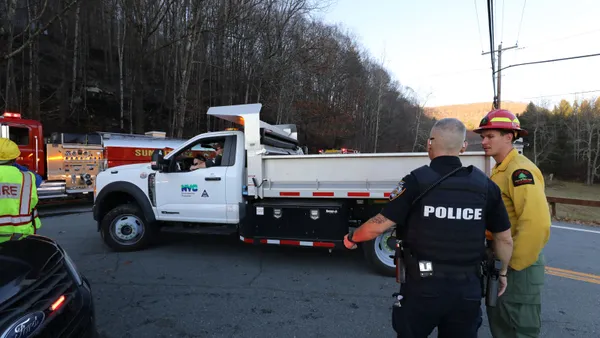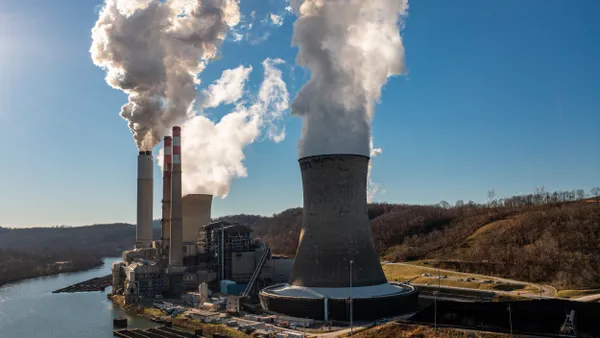Dive Brief:
- The Santa Monica, CA City Council has passed an estimated $800 million climate action plan late Tuesday night, setting a goal to make the city carbon neutral by 2050. The measure passed unanimously in a 6-0 vote.
- The Climate Action & Adaptation Plan sets eight objectives for the city to reduce carbon emissions 80% below 1990 levels by 2030. These objectives include converting 50% of vehicles to electric or zero emission cars and converting 50% of local mobility to trips taken on foot, bike, scooter or skateboard. The plan also calls on the city to achieve 100% renewable grid electricity, install 100 megawatts of local solar energy and reduce fossil fuel use in existing buildings by 20%, all in an effort to reach carbon neutrality by 2050.
- "We've only done the easy stuff so far. What we're talking about in this plan is really hard. It's a paradigm shift, it's transformative," said Santa Monica chief sustainability officer Dean Kubani during the council meeting. "We're also talking about a climate crisis now. We can talk about the absolute amount of money it's going to cost us to do this. It's going to cost an awful lot more if we don't do this."
Dive Insight:
The ambitious carbon neutrality target means Santa Monica joins a growing trend of cities setting their own long-range climate plans in the absence of federal leadership, and Kubani hopes this specific plan will become a model for other cities. But for Santa Monica, fighting climate change is also a matter of survival.
In documents supporting the plan, the city lists a number of threats from climate change, including rising temperatures, worsening air quality, severe droughts and wildfires. Sea level rise is also a major threat; the city estimates that $109 million in property value is at risk from coastal hazards exacerbated by sea level rise, like more intense storms.
More than $380 million in funding has already been dedicated to climate and adaptation strategies through recent Biennial Capital Improvement Program Budget cycles; the remainder of the estimated cost will come from grants, public-private partnerships or new taxes, according to the Santa Monica Daily Press.
The Santa Monica plan covers a wide variety of strategies, but focuses on the two major sources of emissions: buildings and transportation. While cities typically have more control over utility contracts, making renewable energy purchasing goals a reality, transportation means getting residents to switch vehicles and modes. Acknowledging that, the climate plan puts some focus on city fleets, encouraging the purchase of electric buses and other municipal fleet cars. However, the city council says that police pursuit vehicles make up half the city fleet’s annual gasoline usage and there is not a cost-effective alternative available yet, although some cities have experimented with electric police cruisers.
The new plan will keep Santa Monica on track to meet the goals of the United Nations Paris climate change agreement, which former Mayor Ted Winterer had already committed the city to following. While President Trump has announced his intention to take the U.S. out of the climate deal, some cities and states have made their own commitments through groups like the "We Are Still In" coalition. Former New York City Mayor Michael Bloomberg last week continued his support of those efforts, pledging $2.3 million to study the impact of sub-national climate plans and turn the data over to the U.N.
According to a 2018 report from the America’s Pledge campaign, led by Bloomberg and former California Gov. Jerry Brown, the U.S. was almost halfway to its Paris goals with the commitments from states and cities, and current policies will reach 17% emissions reduction of 2005 levels by 2025.










